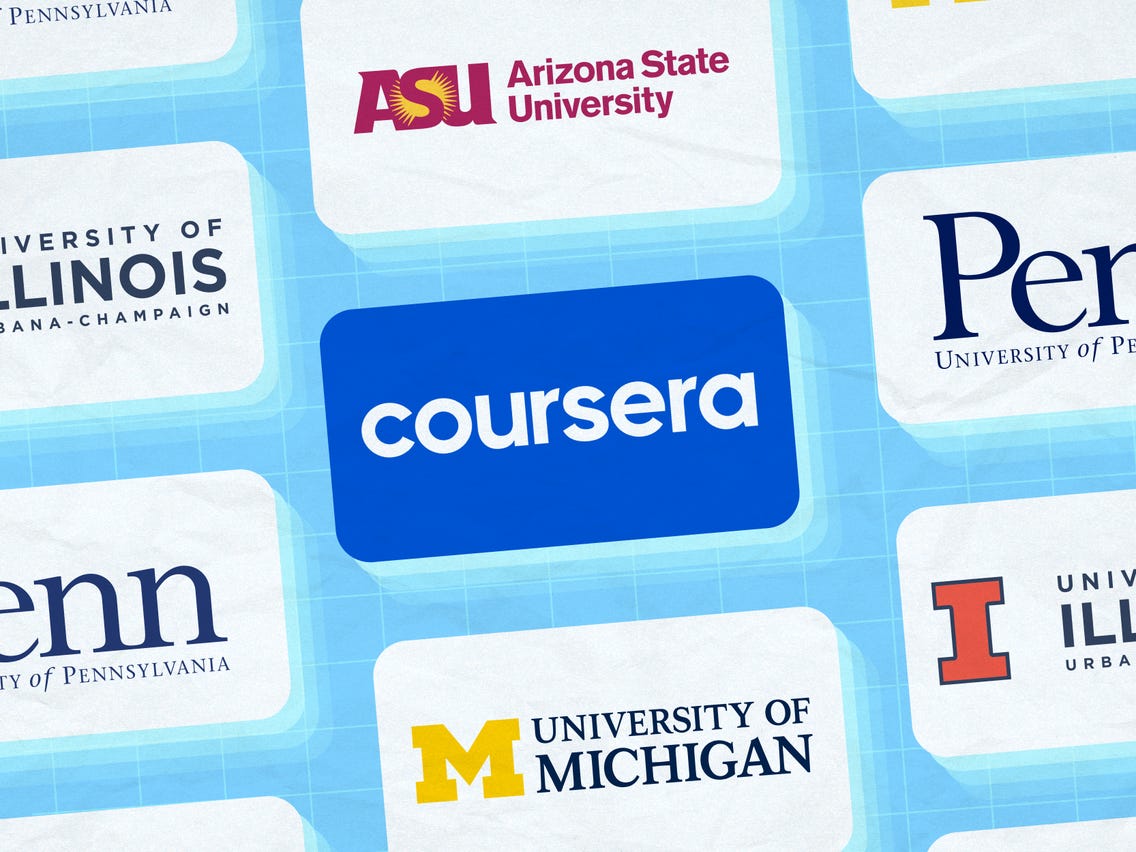
Counting games are a great way to get students to practice their counting skills. These games can be played with numbers and can be adapted to different levels of difficulty. You can play them in various settings, such as math centers or small groups. They can also be used by parents to teach their children counting skills.
Dot-card games
The use of dot-card counting games involves the use. They come in a variety of colors and can contain numbers between 1 and 10. They can be arranged in similar ways. A green dice set contains dots in the form of dice. A yellow ten frame set, on the other hand, has dots in a ten-frame arrangement. The objective of the game, which is to match all dots, is to reach a sum between five and ten.
Your child can have fun counting dots with their cards. This will help them develop their math skills. They encourage children's subitization and allow them to ask questions about how to group the dots. These games encourage children to count one-by-1.

Finger games
The finger games for counting can be a great way for your child to grasp early math concepts. They will help your child learn to count, write numbers and divide numbers. They also aid in strengthening their ability to see numbers clearly and improve their memory. They're easy to play anywhere and are a great way to introduce children to the concept of number composition and decomposition.
Players take turns tapping their fingers. The player with the most fingers wins. Their hand will have the same number of fingers as their opponent's. For example, if a player has four fingers on one hand, he would need to count the other player's hand with three fingers. Once all fingers are counted out, the player with most fingers wins.
Sequencing games
Doug Reuter is the inventor of Sequence. Originally called Sequence Five, the game is an abstract strategy game. To move forward, the game requires that players each take turns to complete missions. It is a challenging abstract game that can be played by two to four people. Sequence has been around nearly 20 years and is still very popular today.
The first portion of the game asks the player to arrange events chronologically. A list of 10 events is presented to the player. You have to arrange the images and make them appear in a certain order. This game is often used by employees to test their knowledge of company history. Fun puzzles allow players to practice solving problems.

Counting
Counting activities can be very helpful in the classroom. It is important to get children thinking about counting. Participants can learn about the basics of counting by focusing on different objects. This activity allows participants to think beyond counting sequences and allows them to discuss their thinking with others.
Counting activities are a lot of fun for children and can help them practice their number skills. Roll-and cover is one of the best ways to introduce number sense. Students will count the dots on a die and then cover the mat with the number. Continue the game until all numbers have been covered. This type of activity helps children develop their fine motor skills, which is important for learning the numbers.
FAQ
What is the difference in school and college?
Schools are organized by grades or classes. Each teacher teaches a particular class. Colleges are bigger organizations that offer more specialized courses and may include university-level courses. While schools tend to focus on the basics, colleges can offer courses in a wide range of subjects, including science, language, business, and arts. The curriculum at both levels is intended to prepare students to study at higher levels.
What is a vocational school?
Vocational schools provide programs that prepare people for a specific job. They may also provide general education courses and training in skills needed by employers.
Vocational education is an important part of our society because it helps young people develop the skills they need to succeed in life. It provides students with high-quality learning experiences.
Vocational schools offer a variety of options for students, such as apprenticeships, certificates and diplomas, degrees, college transfers programs, and other postsecondary credentials. Vocational schools offer both academic and practical courses in math, science and English.
What is the purpose of schooling or education?
Education should prepare students for work. It is not only an academic pursuit, but also a social activity in which children can learn from each other and gain confidence through participating in sports, music, or art. Education is about teaching students to think critically and create in order to be independent and self-reliant. What does it mean to have good educational standards?
Education standards that ensure all students reach their full potential are good. They provide a clear set of goals teachers work towards with their pupils. Good education standards allow schools to be flexible enough for changing needs. A fair and equitable educational system must ensure that all children have equal chances of success no matter their background.
What is the difference in public and private schools?
All students are eligible to attend public schools for free. They provide education from kindergarten through high school. Private schools charge tuition fees for each student. They offer education from preschool to college.
Charter schools can also be found, which are privately owned but are not publicly funded. Charter schools do not follow the traditional curriculum. Instead, charter schools give their students more freedom in learning what interests them.
Parents who believe that their children should be able to access quality education no matter what their financial situation are fond of charter schools.
What is a trade school?
People who are not able to succeed at traditional higher education institutions can earn a degree through trade schools. They offer career-focused programs designed to prepare students for specific careers. These programs allow students to complete two years' worth of coursework in one semester. Then they can enter into a paid apprenticeship program that teaches them a specific skill set and provides on-the job training. Trade schools can be classified as vocational schools or technical colleges. Associate degrees are offered by some trade schools.
Statistics
- Data from the Department of Education reveal that, among 2008 college graduates, 92.8 percent of humanities majors have voted at least once since finishing school. (bostonreview.net)
- “Children of homeowners are 116% more likely to graduate from college than children of renters of the same age, race, and income. (habitatbroward.org)
- They are more likely to graduate high school (25%) and finish college (116%). (habitatbroward.org)
- Globally, in 2008, around 89% of children aged six to twelve were enrolled in primary education, and this proportion was rising. (en.wikipedia.org)
- And, within ten years of graduation, 44.1 percent of 1993 humanities graduates had written to public officials, compared to 30.1 percent of STEM majors. (bostonreview.net)
External Links
How To
What is vocational education?
Vocational education is an educational program that prepares students to work after high school and college. It teaches them specific skills for specific jobs (such as welding). It includes training on the job in apprenticeship programs. Vocational education is different from general education in that it prepares individuals for specific career paths rather than acquiring broad knowledge for future uses. Vocational education's goal is to help students find employment after they graduate.
Vocational education can take place at all levels of schooling. This includes primary schools, secondary schools and colleges, universities as well as colleges, technical institutes, technical colleges, trade schools, community college, junior colleges, four-year colleges, and colleges. There are also many specialty schools like nursing schools and law schools, legal schools, medical schools and dental schools as well as veterinary medicine, veterinary medicine, firefighting, police academies and military academies. Many of these schools provide both academic instruction as well as practical experience.
In recent decades, many countries have made large investments in vocational training. It is still controversial whether vocational education is effective. Some critics claim it is not effective in improving students' employability. Others argue that it helps them prepare for life after school.
According to the U.S. Bureau of Labor Statistics (47% of American adults are currently holding a postsecondary certificate/degree related to their current job), this figure is higher among those with more education. This is a higher percentage among those who have more education. 71% are currently employed in fields that require postsecondary qualifications.
The BLS reported that almost half the adult population of the country had at least one form of postsecondary credential as of 2012. About a third of Americans were able to obtain a twoyear associate degree. Another 10% had a fouryear bachelor's. One fifth of Americans have a master's, or doctorate.
In 2013, the median annual wage for persons holding a bachelor's degree was $50,900, compared to $23,800 for those without a degree. For those with advanced degrees, the median wage was $81,300.
The median wage for those who didn't complete high school was $15,200. For those who did not complete high school, the median annual salary was only $15,200.